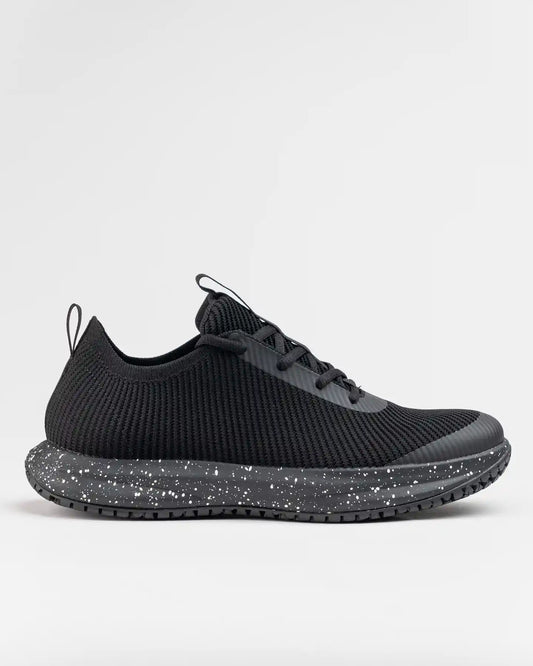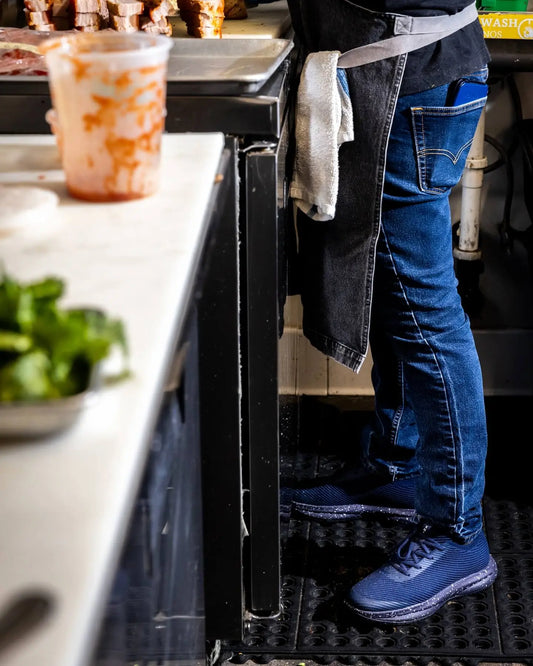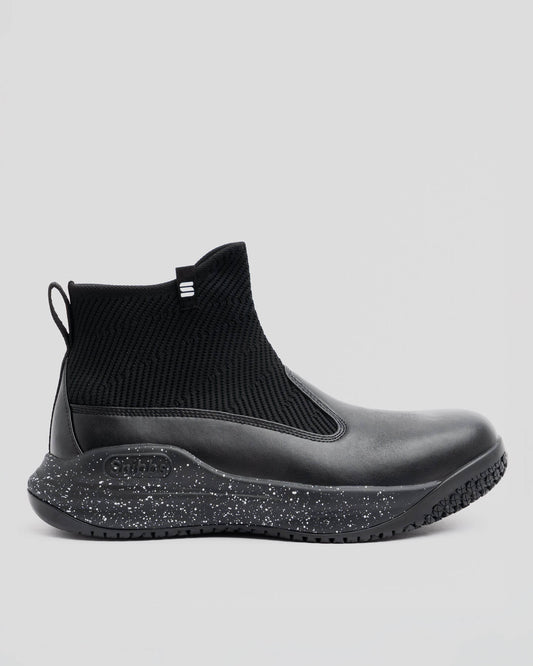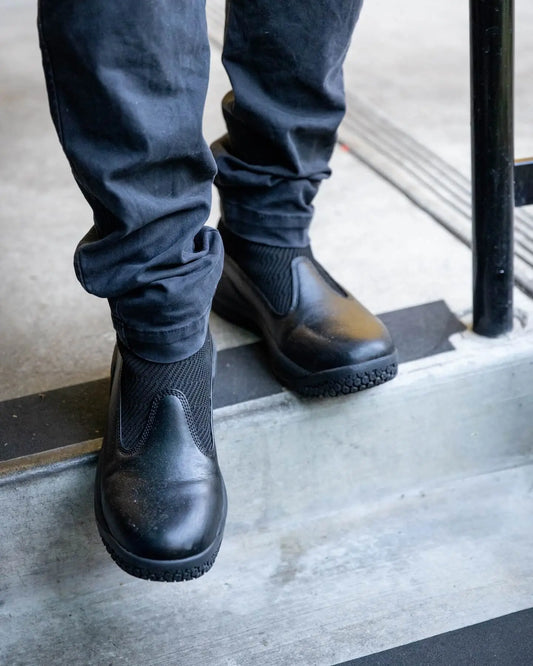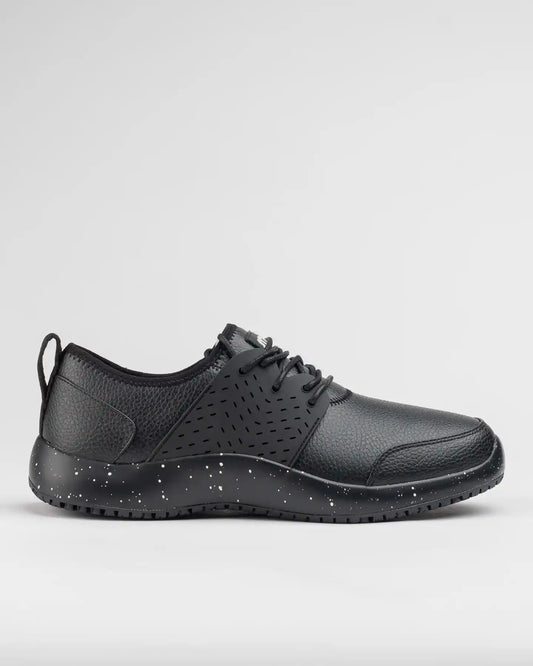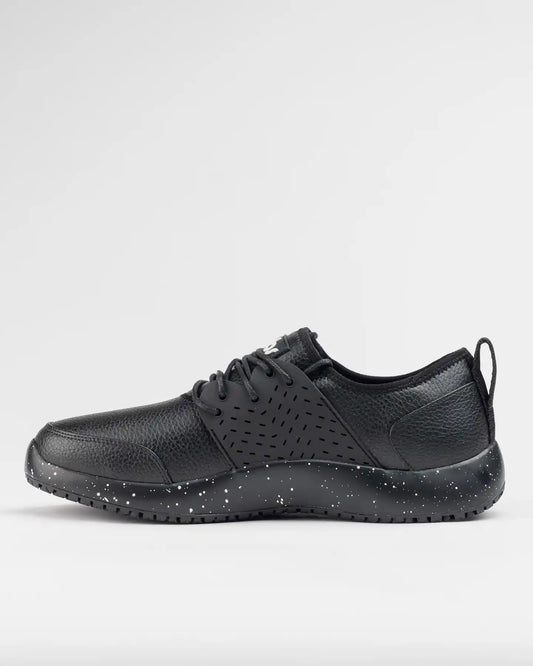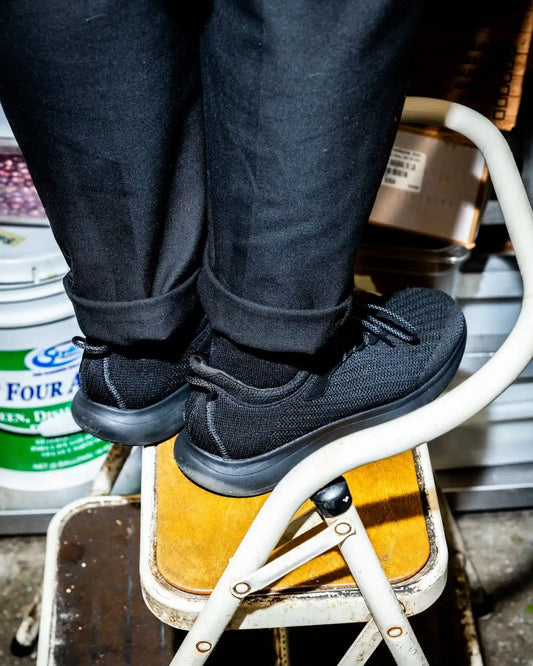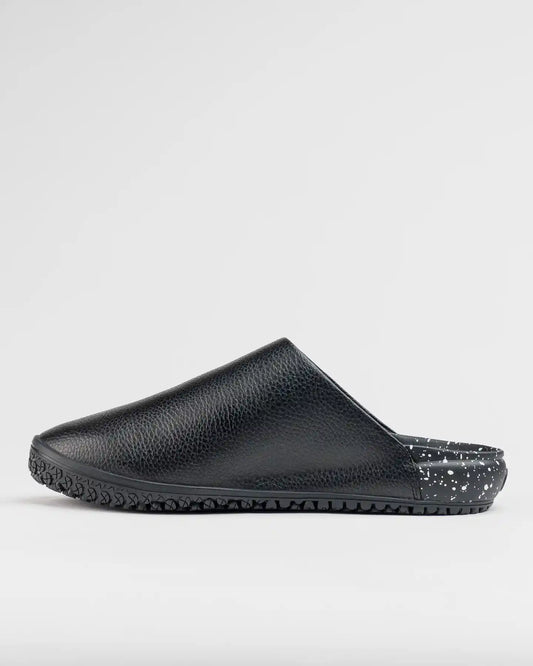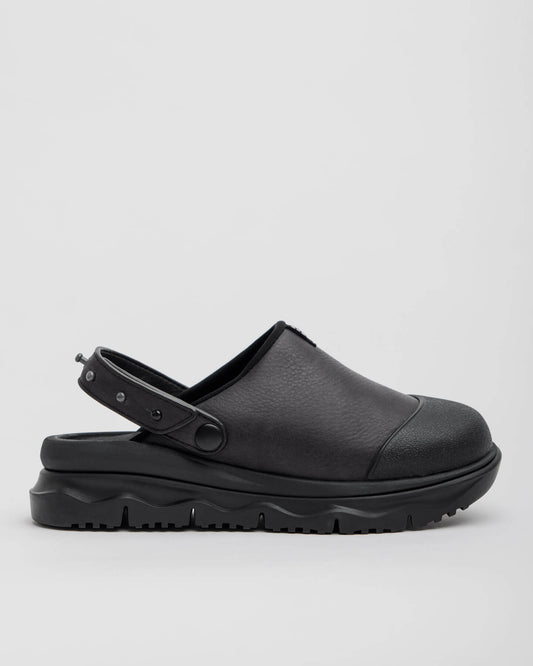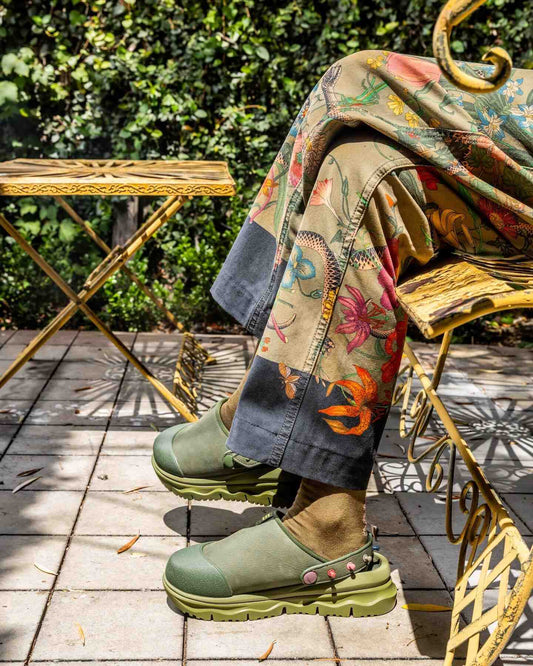How to Ensure Foot Protection & Safety in the Workplace
Snibbs Footwear
Talk of workplace hazards and the mention of foot-related injuries is a given. Besides the pain and damage that comes from being on your feet all day, there are additional threats to the foot that come from rolling objects, corrosive substances, penetrating material and more. Foot safety, therefore, is a crucial need for a wide range of industries.
While foot safety demands protective footwear, this is an area that people typically do not pay too much attention to. With friction and pressure causing damage to toes and heels, the one thing that anyone whose job involves standing all day should be mindful of is providing proper protection and comfort to the foot. Some of the features to look out for in your footwear include:
- A slip-resistant outer sole that offers superior grip even when the floor is wet or is coated with oil or grease.
- A multilayer insole, which provides adequate support for long periods of time and reduces strain in various parts of the foot.
- Wide toe-box to provide wiggle room, especially to feet swollen from long hours of standing.
- A deep heel cup that aligns the foot with the knee, hips and ankles. What it also does is to limit pronation and thereby reduce pain.
- Sturdy material that can withstand wear and tear.
Pro Tip - While buying the shoes, keep in mind the following seemingly simple foot safety tips that can keep you comfortable and snug:
In addition to the above, besides the requirements of the industry and the potential hazards, there is also the need to look out for additional features in the footwear such as:
- Safety toed shoes that have a special covering at the toe area to protect the toes from hazardous accidents and falling of heavy objects.
- Metatarsal shoes that protect the metatarsal bone in the foot.
- Steel insole shoes to help stabilize the foot as also to protect it from sharp objects.
- Electric hazard shoes for those working with high voltage machines.
- Rubber overshoes for people working in areas prone to flooding.
Overall, in making the choice of footwear, ensure that you have ticked all the boxes below:
- Hazard Protection - The footwear chosen needs to be able to provide the requisite safety from the specific occupational hazards that plague the industry. The material used for the safety shoes, therefore, need to be reliable as well as durable.
- Comfort - Needless to mention that the shoes should fit well and provide the necessary support. Pinching, cramming or inadequate support can result not just in discomfort but can also lead to a host of other health issues.
- Outsole - A proper outsole is your best protection against slipping, unsafe temperature and more.
Of course, other than the choice of footwear for occupations where employees need to be on their feet all day and therefore are prone to aching feet, simple practices like job rotations and rest breaks can go a long way. Not only can they provide relief but also prevent accidents that can result from tired feet at the end of a long day!
Here’s to foot safety and to a comfortable working experience!
